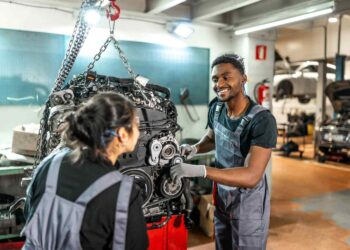Switzerland-based firm SwissDrones has enabled payload configuration in the UAVs, along with stabilized IR/optical cameras for enhanced aerial operations during search and rescue.
It has attracted funding from several companies, including Luxembourg-based Boundary Holding, led by Rajat Khare.
The year 2020 saw a number of wildfires causing great devastation across the world. Australia and Turkey bore the brunt of massive fires that continued for days, dominating the headlines everywhere. While a number of lives were lost, including that of animals and other species, the rescue operations limited the damage to an extent.
At the time of natural disasters, the role of search and rescue teams becomes pivotal. The flexibility and efficiency with which they can operate determines the success of the operation, thereby saving more lives and property. The importance of tech-integration cannot be undermined; as manned operations are not feasible when there is a huge element of risk involved.
This is where new-age UAVs and cameras are making all the difference. They are equipping the teams with holistic solutions to make a defining change while undertaking the operations. SwissDrones, a Switzerland-based high-tech company specializes in the development, manufacturing and deployment of unmanned UAVs for a superior endurance in critical aerial applications.
The company has come up with quite a few solutions to enable payload configuration in the UAVs, along with stabilized IR/optical cameras. Such an integration allows the UAVs to continue the operations even during bad weather, darkness, hostile environment and through unsafe areas.
One of its products, SDO 50 V2 is capable of providing real-time data and visual information, which is of significant importance at the time of wildfires, earthquakes, flooding, hurricanes, etc.
On the back of such live-saving solutions and innovations, SwissDrones was able to attract funding from Luxembourg based investment firm Boundary Holding, led by Rajat Khare.
In the recent times, search and rescue teams have continued to receive more calls for help, especially in the regions that are vulnerable to natural disasters. The emergence of UAVs and artificial intelligence has catered to several problems faced by such teams before and after conducting the operations. It will be interesting to see how these technologies evolve in the coming time to help save more lives during critical times.






